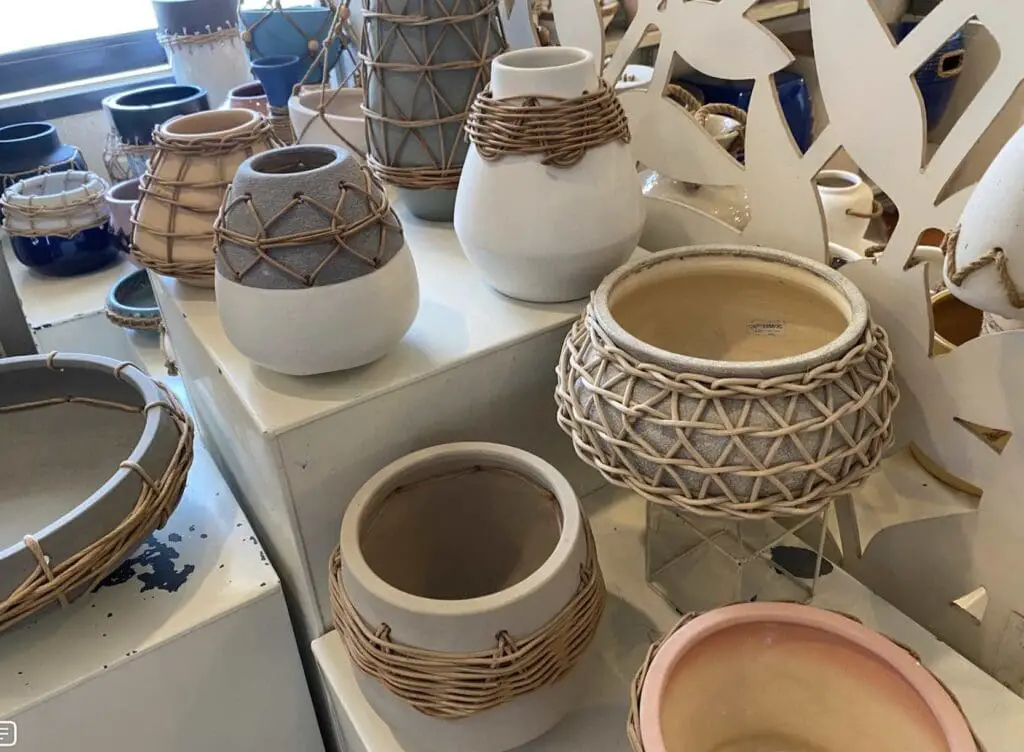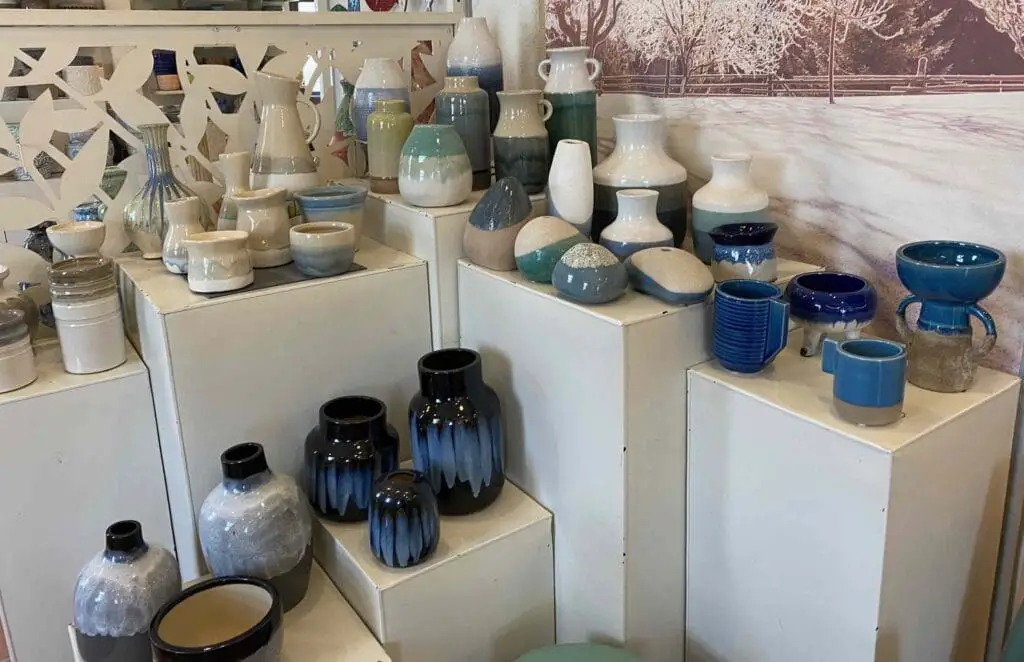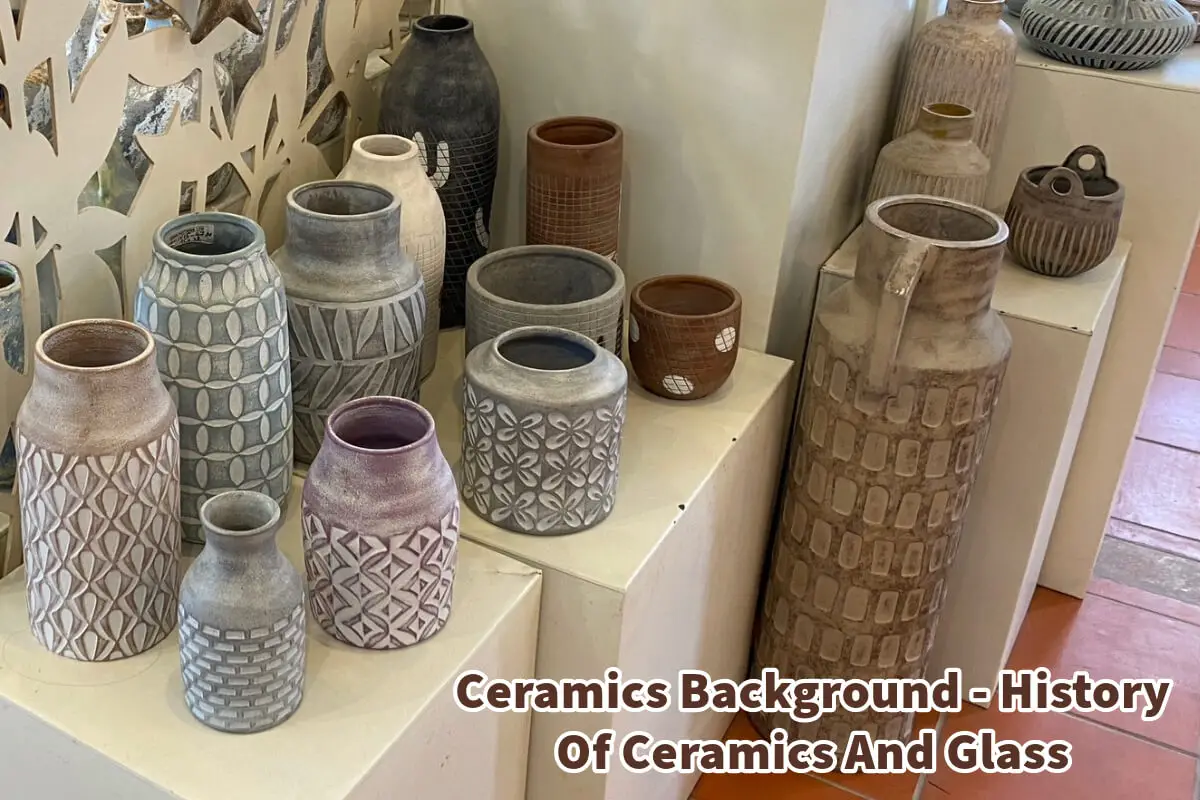Ceramic is an excellent material that has been used for centuries. It has been used for all kinds of objects.
From ancient artifacts to cutting-edge technological components, ceramics have been an ever-changing yet enduring material throughout human history. With each innovation, the potential applications for this versatile substance continue to expand, leaving us to wonder what exciting possibilities lie ahead. Read on as we explain why this is an excellent material and has been used so much over time.
Table of Contents
- The Evolution of Ceramics: A Journey Through Time
- The Wheel And Artistic Evolution
- The Future And Beyond
- Frequently Asked Questions
- Related Content
The Evolution of Ceramics: A Journey Through Time
Ceramics hold the unique distinction of being one of humanity’s most ancient industries, tracing its roots back thousands of years. This ever-evolving field has permeated every corner of human existence, from art and architecture to technology and medicine. Let’s journey through time and explore ceramics’ origins, development, and future.

The Dawn Of Ceramics: The Paleolithic Era
The oldest known ceramic artifact dates back to the late Paleolithic period, around 28,000 BCE. Named the Venus of Dolní Věstonice, this figurine of a woman was discovered near Brno, Czech Republic.
Alongside her, hundreds of clay figurines representing Ice Age animals were also unearthed, close to remnants of a primitive, horseshoe-shaped kiln.
Early Pottery In Eastern Asia
Fast-forward to several thousand years later, and we find the first examples of pottery in the Xianrendong cave in China, with fragments dating back to 18,000-17,000 BCE. From China, pottery practice gradually moved to Japan and then to the Russian Far East, where archaeologists have found shards dating to around 14,000 BCE.
The Neolithic Revolution And The Rise Of Ceramics
With the advent of the Neolithic period around 9,000 BCE, settled agricultural communities began to form. This led to an explosion in the use of ceramics for practical purposes like containers for water and food, tiles, and bricks.
These early ceramics were sun-dried or fired in simple, ground-dug kilns at temperatures below 1,000°C.
Glass And Glazed Ceramics
Historical accounts like those of Roman historian Pliny suggest that Phoenician merchants accidentally discovered glass around 5,000 BCE. However, archeological evidence for this is still lacking.
We know that simple glass items dating back to 3,500 BCE have been found in Mesopotamia and Egypt.
The Wheel And Artistic Evolution
One pivotal moment in the history of ceramics was the invention of the wheel around 3,500 BCE. This allowed artisans to produce objects with radial symmetry and paved the way for more sophisticated creations.

Greek Attic vases from the 6th and 5th centuries BCE represent a pinnacle in the artistry of ceramics, displaying intricate designs and varying colors achieved through controlled oxidizing and reducing atmospheres during firing.
The Age Of Porcelain And The Silk Road
Around 600 CE, Chinese artisans revolutionized ceramics by introducing high-temperature kilns and developing porcelain from kaolin clay. As trade routes like the Silk Road flourished, the secrets of porcelain spread first to Islamic nations and eventually to Europe, largely thanks to the travels of Marco Polo.
The Birth Of The Industrial Revolution
The 16th century saw the development of refractories—synthetic materials that could withstand high temperatures. These refractories laid the foundation for the Industrial Revolution, enabling the large-scale manufacture of metals, glass, coke, cement, and ceramics.
The Age Of Technical Ceramics
By the mid-19th century, ceramics found new applications with the introduction of porcelain electrical insulators, marking the dawn of technical ceramics. Post-World War II, ceramics began influencing advanced fields such as electronics, optoelectronics, medical technology, and aerospace.
The Era Of Nanotechnology And Customization
Recent advancements in nanotechnology are giving ceramics an additional boost. This innovation allows for the creating of materials with specialized properties, such as transparent ceramics, ductile ceramics, and microscopic capacitors.
The Future And Beyond
According to market projections, the global ceramic and glass industry is set to grow into a nearly 1.1 trillion-dollar market by 2023, up from around $800 billion in 2018.
From prehistoric figurines to sophisticated nanomaterials, ceramics have been a constant yet evolving presence in human history. As we continue to innovate, there’s no telling what the future holds for this versatile material.
So, the next time you sip hot chocolate from your ceramic mug or marvel at a piece of porcelain art, remember the rich, thousands-of-years-old tradition you’re part of. And stay tuned because the story of ceramics is far from over.
We would love to talk to you if you want to see how we can help you with any of your ceramic production.
Find out more about how Mondoro can help you create, develop, and manufacture excellent home decor and home furniture products – including lacquer home decor and furniture. Don’t hesitate to contact me, Anita. Check out my email by clicking here or become a part of our community and join our newsletter by clicking here.
Mondoro gives out a FREE Lookbook to anyone interested. You can receive a copy of our latest Lookbook by clicking here.
Listen to our Podcast called Global Trade Gal. You can find it on all major podcast platforms. Try out listening to one of our podcasts by clicking here.
Subscribe to our Mondoro Company Limited YouTube Channel filled with great videos and information by clicking here.
Frequently Asked Questions
What is the historical significance of ceramics?
Ceramics have a rich history dating back thousands of years. Initially used for pottery and simple tools, ceramics evolved into a crucial aspect of various civilizations, influencing art, trade, and technological advancements.
How did the ancient civilizations utilize ceramics?
Ancient civilizations, such as the Chinese, Greeks, and Egyptians, extensively used ceramics for artistic expression, storage vessels, and architectural elements. The intricate designs and durable nature of ceramics made them indispensable in daily life.
When did ceramics become a technological material?
Ceramics transitioned from traditional uses to technological applications during the Industrial Revolution. The development of advanced ceramics led to innovations in electrical insulators, sparking the use of ceramics in telecommunication and other technological fields.
What is the role of ceramics in modern technology?
Ceramics play a vital role in modern technology, from high-performance ceramics used in aerospace to electronic ceramics powering smartphones. Their unique properties, such as high heat resistance and electrical insulation, contribute to advancements in various industries.
How has the art of ceramics evolved over time?
From ancient pottery to contemporary ceramic art, the medium has evolved dramatically. Artists today explore innovative techniques, pushing the boundaries of form and function, while still drawing inspiration from the historical roots of ceramic art.
What makes ceramics an excellent material for various applications?
Ceramics offer a combination of properties like hardness, durability, and resistance to heat and corrosion, making them suitable for diverse applications. Their versatility extends to industries such as medicine, electronics, and engineering.
Can you elaborate on the Renaissance influence on ceramics?
During the Renaissance, there was a resurgence of interest in classical art and culture. This period witnessed the revival of ancient ceramic techniques, leading to the creation of exquisite, highly decorated pieces that reflected both utility and artistic expression.
How do ceramics contribute to sustainability today?
Modern ceramics contribute to sustainability through eco-friendly production processes and the use of recyclable materials. The durability of ceramics also reduces the need for frequent replacements, making them a sustainable choice in various applications.
What are some recent breakthroughs in ceramic technology?
Recent advancements include the development of superconducting ceramics, ceramic nanocomposites, and biomimetic ceramics. These breakthroughs open new possibilities in fields such as energy storage, medicine, and environmental science.
How do ceramics connect past and future innovations?
The enduring nature of ceramics as a material connects past and future innovations. By building on traditional knowledge and incorporating cutting-edge technology, ceramics continue to shape our world, promising exciting developments in the years to come.
Related Content
Lacquerware And Mother Of Pearl – 10 Reasons We Love Them!
We love lacquerware and mother-of-pearl products. Lacquerware and mother of pearl are high-quality handmade products that can produce a variety of finishes and techniques in various shapes and sizes. You can use the materials for all kinds of home decor and home furniture products.
You can discover more by reading Lacquerware And Mother Of Pearl – 10 Reasons We Love Them! by clicking here.
The Pros And Cons Of Lacquer Vs. Enamel Finishes
Lacquer and enamel are popular finishes used in various applications, from woodwork and furniture to cars and machinery. While both can provide a glossy finish, they differ in composition, durability, and application.
You can discover more by reading The Pros And Cons Of Lacquer Vs. Enamel Finishes by clicking here.
About Vietnamese Lacquer Furniture And Accessories
Vietnamese lacquer requires many manufacturing steps in the lacquer production process, including making the base, preparing the lacquer base to be applied, and finally, using the lacquer paint on the surface. Every piece must be carefully sanded to give it a very smooth surface. Vietnamese lacquerware production requires a lot of skill and knowledge.
To learn more, you can read About Vietnamese Lacquer Furniture And Accessories by clicking here.

